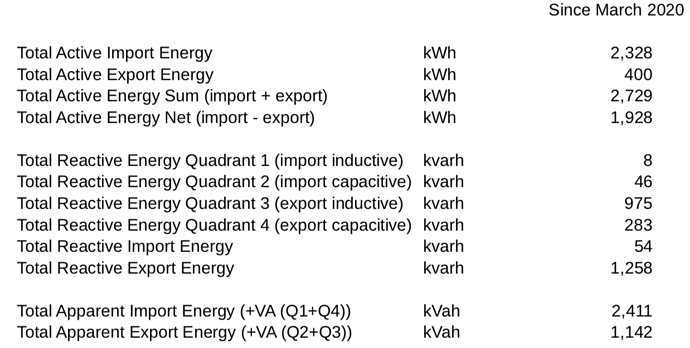I’m quite sure there will be a Wikipedia article about it, which will probably go into far too much detail for you. 
It might help to refer to this Learn→Electricity Monitoring→AC Power Theory
If you have a load that is pure resistance - like an electric kettle, voltage and current waves coincide exactly. Multiply voltage and current at any instant, and the power is always positive. The kettle gets hot. If you measure voltage and current with a muiltimeter and multiply the readings, the number you get will be the power. I was taught this was real power, the modern name is active power. The units of power are watts (W) or kilowatts (kW).
If you have a load that is a pure reactance - a suppression capacitor comes close, so does the voltage coil in your old ‘Ferraris’ rotating-disc electricity meter, the two waves are exactly 90° shifted relative to one another, and if you multiply voltage and current, half the time it’s positive and half the time it’s negative. There’s no nett power flowing, nothing gets hot. If you measure voltage and current with a multimeter and multiply the readings, you get a number, but it won’t be the power (that’s zero). I was taught this was imaginary power, the modern name is reactive power. The units of reactive power are volt-amperes reactive (VAr) or kilovolt-amperes reactive (kVAr).
If you have a load that’s a combination of the two, then the waves will be shifted somewhere in between, the positive parts and the negative parts won’t exactly balance, and the power that flows will be part way in between too. If you measure voltage and current with a multimeter and multiply the readings, you get a number, it won’t be the real power, and it won’t be the reactive power either. This is the apparent power. The units of apparent power are volt-amperes (VA) or kilovolt-amperes (kVA).
So, for most real loads, you have apparent power in VA, this is the largest number always.
You have real power, which is normally what you pay for, and it can be equal to but never larger than apparent power, and you have reactive power, normally this is small.
Power companies don’t like any reactive component in the power they supply, because the reactive component of current still flows even though they don’t get paid for carrying it and it costs them money in cable, switchgear and transformer ratings.


